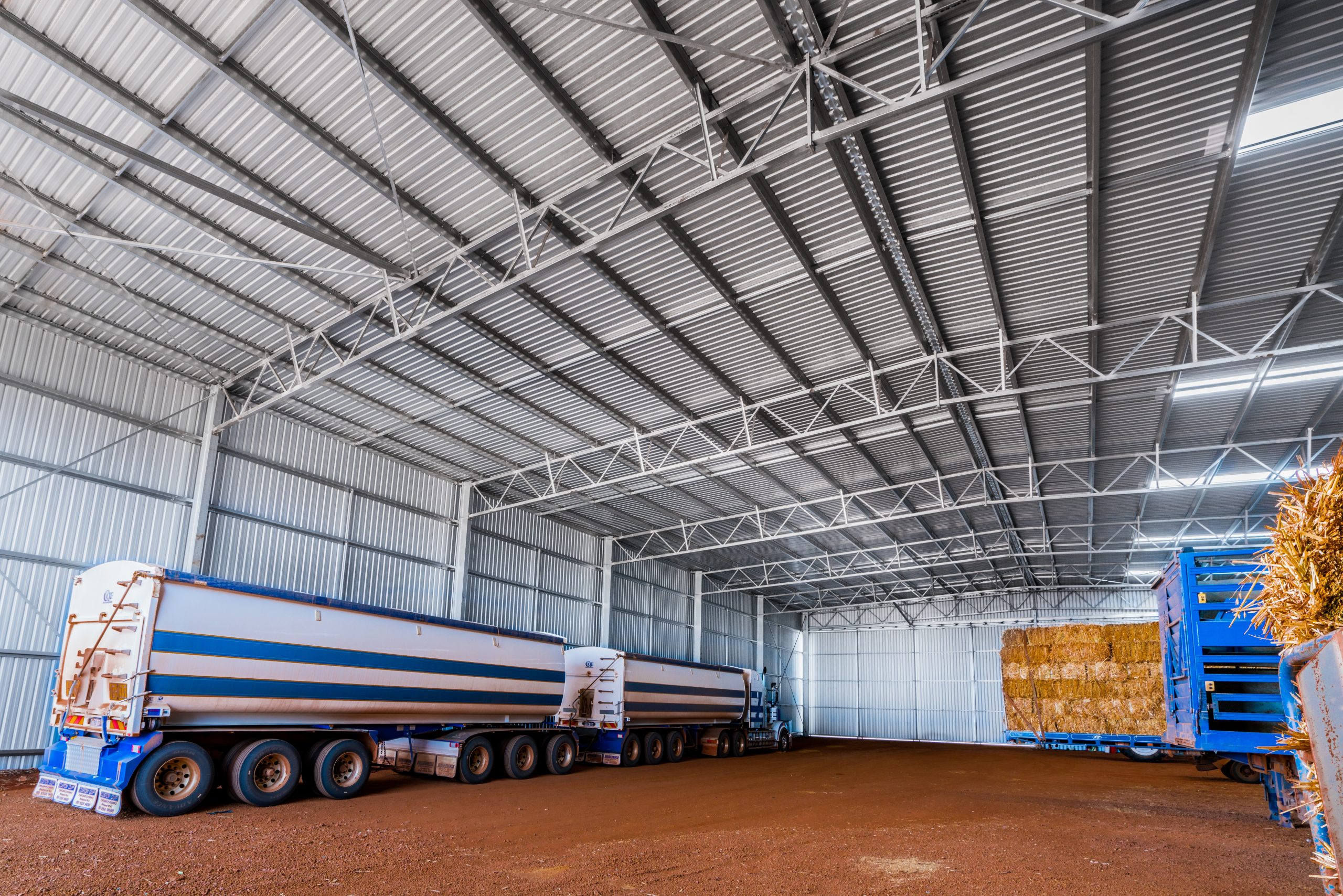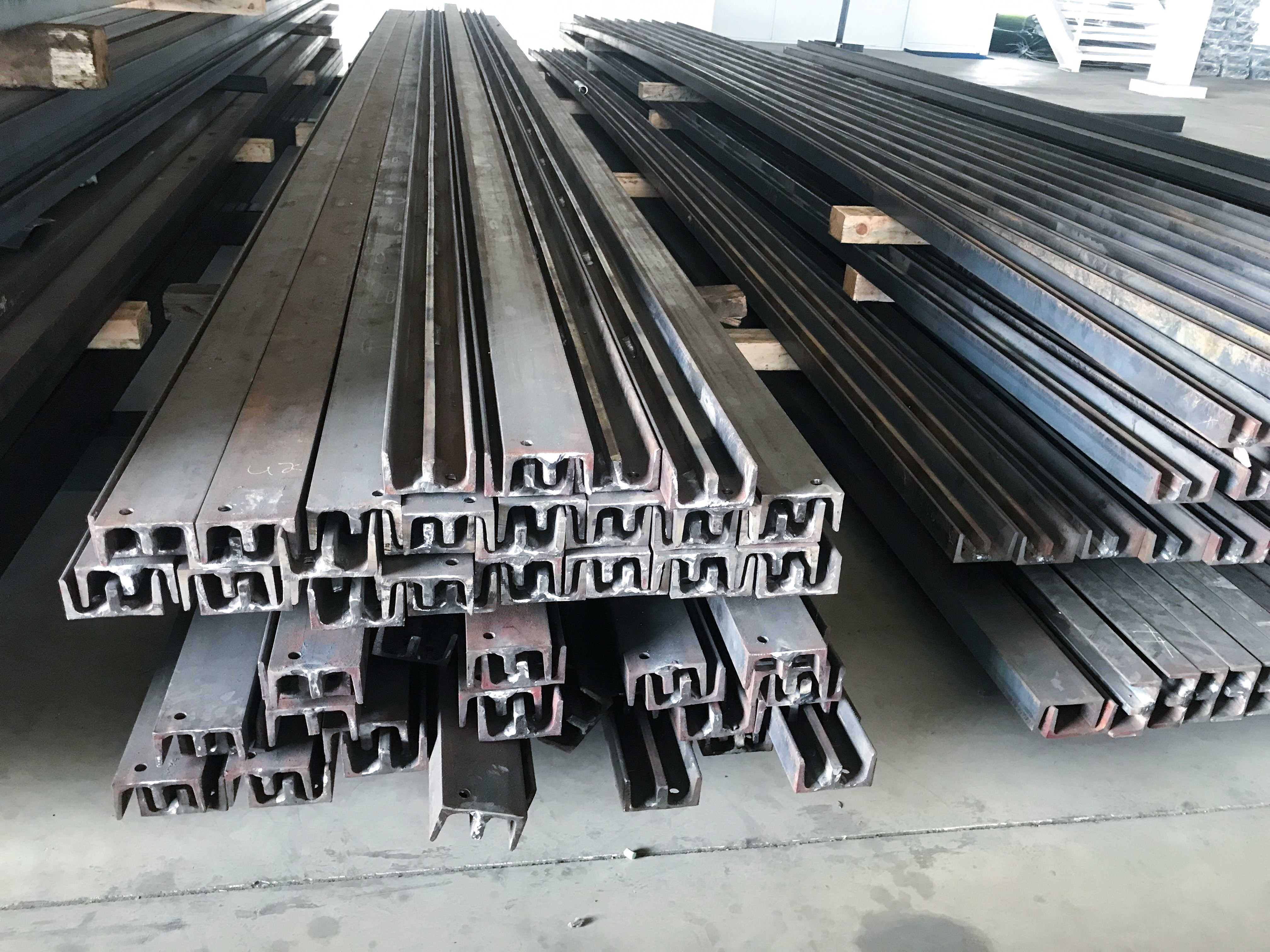WHAT IS STEEL STRUCTURE?
Steel structure is one of the materials used for any kind of steel construction, it is formed with a specific shape. These steel materials are of certain standards of chemical composition and the proper strength. The steel materials are also defined as hot rolled products, having cross-sections like angles, channels and beam. All across the world, there is an increasing demand for steel structures.

STEEL STRUCTURES CAN BE CLASSIFIED AS FOLLOWS:
- Frame building
- Plate girder
- Steel arch bridge
- Industrial building
- Transmission line towers
ADVANTAGES AND DISADVANTAGES OF STEEL STRUCTURES:
In general, the advantages of steel structures are as follows:
- Steel has a high strength to weight ratio. Therefore the dead weight of steel structures is relatively small. This property makes steel a very attractive structural material for some multi-story buildings, long-span bridges, etc.
- It can undergo plastic deformation before failure; this provides greater reserve strength. This property is called ductility.
- Properties of steel can be predicted with a very high degree of certainty. In fact, steel shows elastic behavior up to a relatively high and usually well-defined stress level.
- Steel structures can be built with a high-quality relationship and narrow tolerances.
- Prefabrication and mass production is usually possible in steel structures.
- The rapid construction is possible in the steel structures. This results in the economic construction of steel structures.
- Good fatigue strength is also the advantage of the steel structure.
- If necessary, the steel structures can be strengthened at any time in the future.
- The reused capability of steel construction is also an advantage.

While in general, the disadvantages of steel structures are as follows:
- Steel structures are more costly than other types of structures.
- The strength of steel is reduced considerably when heated at temperatures commonly observed in a fire; therefore the treatment of fireproof is needed.
- The steel structures when exposed to air and water as in the case of bridges, there is a big possibility of corrosion and it needs regular maintenance.
PROPERTIES OF STEEL
Steel is an alloy of iron and carbon. The special properties can be imparted to iron by adding a small percentage of manganese, sulfur, copper, phosphorous, chrome and nickel, therefore variety of steel can be produced. Generally, the effects of different chemical constituents on steel are as follows:
- Increased contents of carbon and manganese will induce properties such as higher tensile strength and yield strength but have lower ductility and it is more difficult to weld.
- If the contents of sulfur and phosphorous increased beyond percentage then it induces brittleness and therefore it affects the ability to weld as well as fatigue strength.
- The contents of chrome and nickel will induce the corrosion resistance property in the steel, the resistance to high temperature can be improved too.
- The resistance to corrosion can be improved by adding the copper.
- The slight changes in the chemical composition will result in various types of steel. This type of steel is used as structural members like tubes, sheets, pipes, bolts, rivets, reinforcement bars, etc.
The heat treatment and alloys used in the production of steel results in different properties and strength. The mechanical properties of structural steel are as follows:
Tensile strength: The stress-strain curve for the steel is generally obtained by conducting a tensile test on any standard steel specimen. The tensile strength of the steel can be defined in terms of yield strength and ultimate strength.
Hardness: Hardness is regarded as the resistance of any material to identification and scratching. The different methods to find out the hardness of metal which includes the Brinell hardness test, Vicker’s hardness test, and Rockwell hardness test.
Notch Toughness: There is the possibility of microscopic cracks in a material or the material may develop such cracks as a result of several cycles of loading. These cracks may result in a sudden collapse of the structure and it is very dangerous. Therefore to ensure that this should not happen, materials in which the cracks grow slowly are preferred. These types of steel are known as notch-tough steels and the amount of energy it absorbs is measure by impacting the notched specimen.
Fatigue strength: A component of a structure, which is designed to carry a single monotonically static load, may fail if the same load is applied cyclically a large number of times.
Corrosion resistance: Corrosion of the metal is a very natural and rapid phenomenon in the areas of high humidity and places closer to saline water. Therefore the efforts to be made to control the corrosion by using galvanize and epoxy-coated reinforcement bars but failed in practical usage due to the risk of disbanding, causing accelerated corrosion. Corrosion resistance elements such as copper, phosphorus and chromium are added inappropriate measures to the metal which results in corrosion resistance steel.
Rolled steel sections: Like concrete, steel sections of any shape and size cannot be cast on-site, since steel needs very high temperature to melt it and roll into the required shape, steel section of standard shapes, sizes and lengths are rolled in steel mills and marketed. The rolled steel sections consist of rolled beams, columns, channels, rectangular hollow sections, circular hollow section, single angle, tees, double angles and built-up sections.

A designer should take care of the following important points:
- A section selected should be available in the local market. Unusual sizes and rare rolled sections cost more and should be avoided
- In steel structure buildings, the various elements should be compatible with the joints. If a large number of different shapes and sizes of elements are designed, it will be practically difficult to fit the members, and connections will be a problem. For example, in a continuous beam of a framed building, the designer may provide different sections in various spans for the economy. But this arrangement will generate connection problems and look unattractive
- The steel structures in exposed conditions require frequent maintenance. Therefore, the elements of such structures, e. G. Bridges, steel water tanks, etc. Should have access to the exposed elements
- Transportation facilities for built-up sections should be explored before designing them.
AM Industries Vietnam sources the following categories of material:
- Steel components
- Steel structure
- Stainless steel components
- Kitting & assembly
- Steel water tanks / Steel silos
- Residential & commercial building products
- Quality control services
- Partnering
- Sourcing
We believe in an industrial world made of trusted, passionate, and dedicated people. We work to achieve this with an open-minded, quick, and customer-centered approach.
Please feel free to get in touch with us for all your inquiries.


